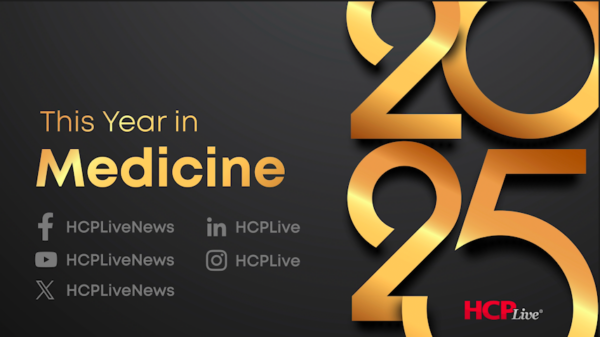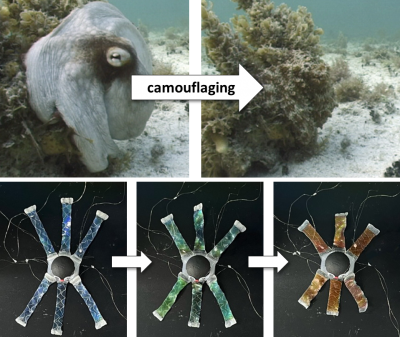The Trump administration recently announced measures to confront what it describes as an “epidemic” of autism spectrum disorder (ASD). This initiative includes a new safety label on acetaminophen products, such as Tylenol, suggesting a potential link to autism. However, scientists and researchers have criticized this connection, citing weak evidence. Health and Human Services Secretary Robert F. Kennedy Jr. emphasized that federal officials will pursue answers relentlessly, indicating a renewed examination of the role of vaccines in autism, despite the long-discredited claims linking them.
Kennedy has maintained that the increasing number of autism diagnoses among U.S. children must stem from external influences, whether that be a drug, chemical, toxin, or vaccine. “One of the things that I think that we need to move away from today is this ideology that… the autism prevalence increase, the relentless increases, are simply artifacts of better diagnoses, better recognition or changing diagnostic criteria,” he stated in April.
Autism diagnosis rates have indeed risen dramatically, from 1 in 150 eight-year-olds in 2000 to 1 in 31 in 2022, as reported by the U.S. Centers for Disease Control and Prevention. However, health professionals argue that the interpretation of this increase requires acknowledging two vital factors: the broadening of the diagnostic definition of autism and the increased frequency of screenings.
Understanding Autism’s Evolving Definition
The term “autism” emerged in the scientific community during World War II, with Austrian pediatrician Hans Asperger and American psychiatrist Leo Kanner independently using it to describe different groups of children. Asperger focused on verbal children with peculiar social behaviors, while Kanner identified socially withdrawn children with limited verbal skills. Over subsequent decades, the understanding of autism evolved significantly, with many children displaying autistic traits previously misdiagnosed with now-obsolete conditions such as “mental retardation” or “childhood psychosis.”
Autism was formally recognized as a distinct diagnosis in the third edition of the Diagnostic and Statistical Manual of Mental Disorders (DSM-III) published in 1980. The definition has since expanded, notably in the fourth edition in 1994, where a typographical error altered the diagnostic criteria significantly. The original text stated that autism could apply to children exhibiting impairments in social interaction, communication, “or” behavior, rather than “and.” This error remained uncorrected for six years, leading to a steep rise in diagnoses.
By the time the CDC began tracking autism in 2000, the prevalence had reached 1 in 150 children. This figure continued to climb as awareness and understanding of autism improved, particularly following the American Academy of Pediatrics’ 2007 recommendation for routine screenings for all children aged 18 to 24 months.
Shifting Perspectives and Increased Awareness
In 2013, the fifth edition of the DSM consolidated several separate conditions into the broader category of autism spectrum disorder. This change broadened the diagnostic criteria to encompass a wider range of social, communication, and sensory differences. As a result, educators and clinicians have become more proactive in identifying a larger spectrum of children needing evaluations.
The recent CDC report indicated a notable shift in demographics, revealing that autism diagnoses are now more prevalent among children of color compared to their white counterparts. For the first time, the survey found rates of autism at 3.66% for Black children, 3.82% for Asian children, and 3.30% for Latino children, compared to 2.77% for white children. This development has been viewed positively by some scholars, indicating improved diagnostic practices in underserved communities.
The spectrum of autism diagnoses today encompasses individuals with diverse abilities, from those who graduate from college and articulate their experiences with autism to those requiring full-time care. A substantial increase in diagnoses among young adults aged 26 to 34 was recorded, with a reported rise of 450% between 2011 and 2022, according to a study published in the Journal of the American Medical Association.
Despite Kennedy’s assertion that most cases now are severe, a 2016 review of CDC data found that only about 26.7% of eight-year-olds with autism exhibited what advocates term “profound autism,” characterized by significant disability and impairment. The proportion of children with profound autism has remained stable, while the highest rates of new diagnoses have been among children with milder limitations.
Many researchers and advocates express mixed feelings regarding the Trump administration’s focus on autism. While there is a long-standing demand for more attention to autism and the challenges it presents, the administration’s approach has raised concerns about spreading misinformation. Colin Killick, executive director of the Autistic Self Advocacy Network, remarked, “They have attempted to panic the public with the notion of an autism epidemic as a threat to the nation, when no such epidemic actually exists.”
As the dialogue surrounding autism continues, the emphasis on accurate information and supportive policies remains crucial for the well-being of individuals on the spectrum and their families. The ongoing debate illustrates the complexities surrounding autism diagnostics and underscores the need for informed discussions based on evidence rather than fear.
This article was supported by the USC Annenberg Center for Health Journalism’s National Fellowship’s Kristy Hammam Fund for Health Journalism.




































































